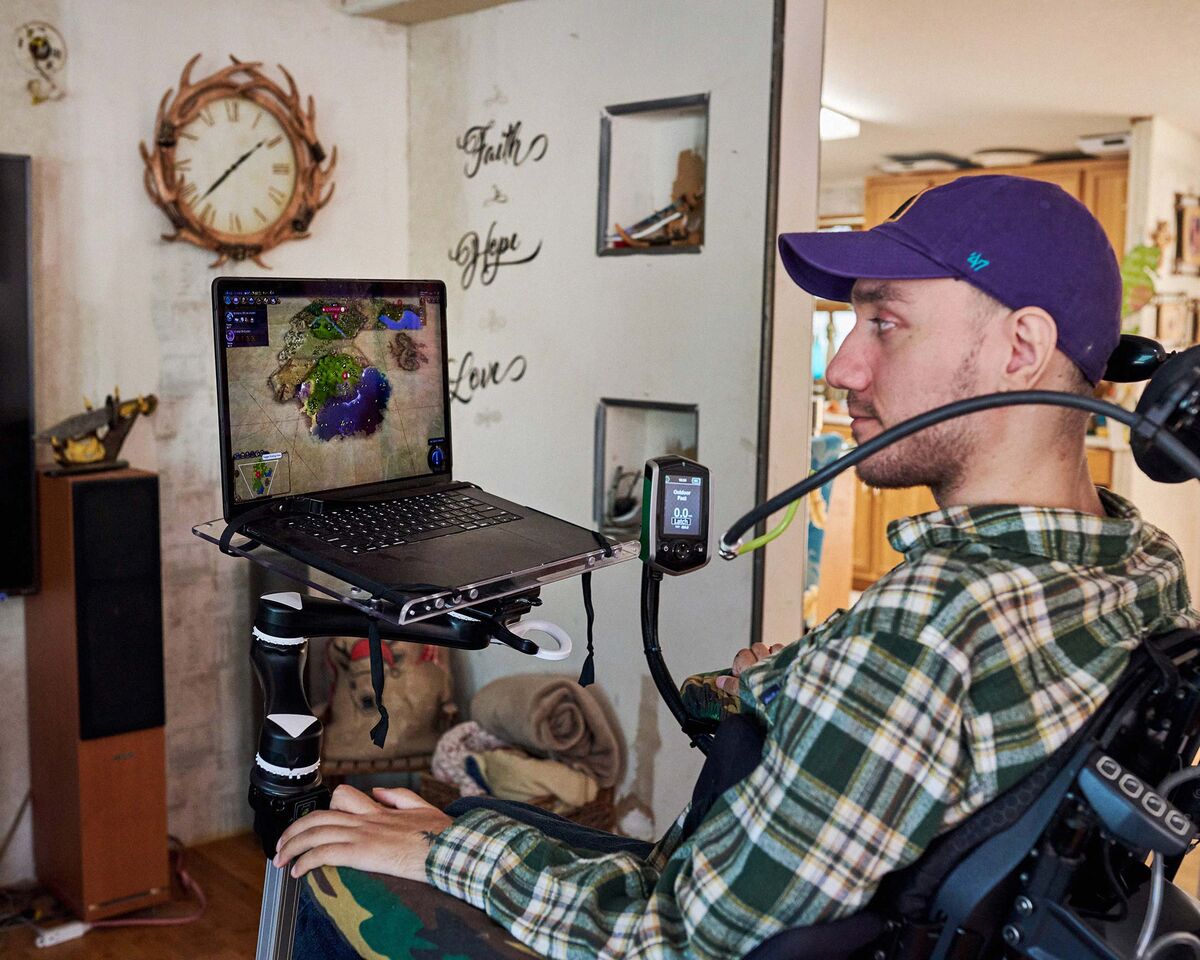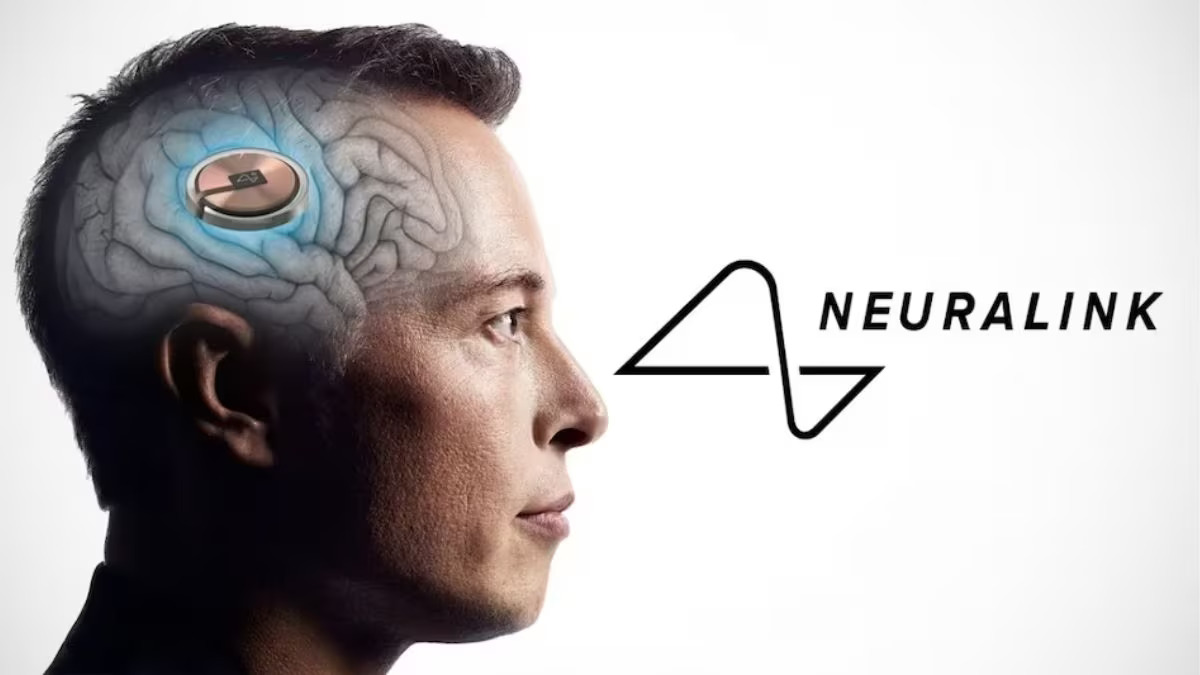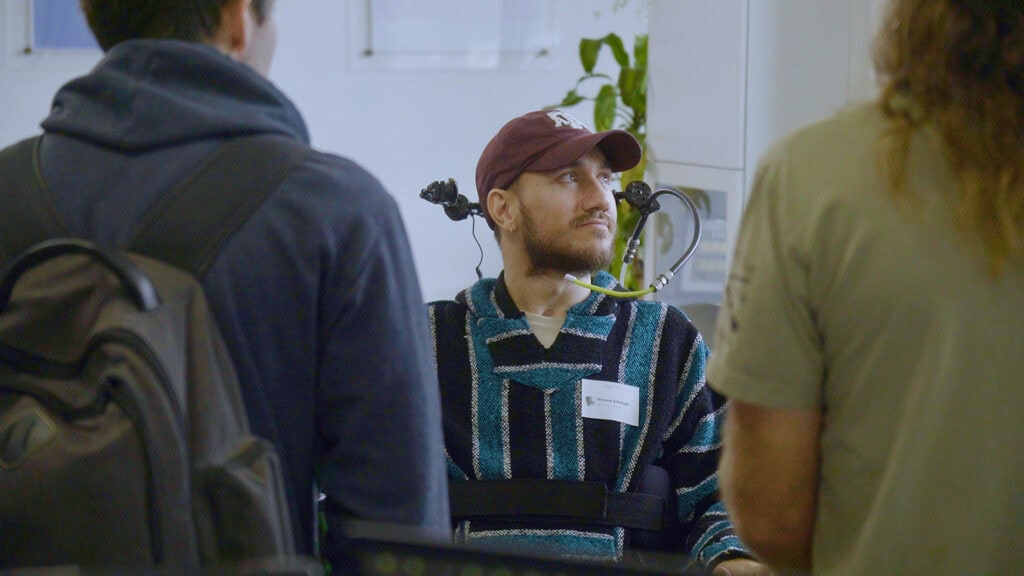Noland Arbaugh: Paralyzed Man Controls Computer with Thoughts via Neuralink Chip

Noland Arbaugh: Paralyzed Man Controls Computer with Thoughts via Neuralink Chip
The Groundbreaking First Human Neuralink Recipient
In January 2024, 30-year-old Noland Arbaugh made medical history when he became the first human to receive a brain implant from Neuralink, Elon Musk’s neurotechnology company. This groundbreaking procedure marked a significant milestone in the advancement of brain-computer interface (BCI) technology, offering new hope for people with paralysis and other neurological conditions.
Arbaugh, who has been quadriplegic since a diving accident in 2016 that caused a spinal cord injury at the C4 level, volunteered to be the pioneer for this experimental technology. The procedure took place at the Barrow Neurological Institute, where surgeons implanted a device called “The Link” into his brain.

The Neuralink Technology
The Neuralink brain implant, approximately the size of a coin, was surgically placed through the top of Arbaugh’s skull. Connected to this implant are more than 1,000 tiny electrode threads that were inserted into his motor cortex, the part of the brain responsible for planning and executing movements.
These electrodes detect neural activity and transmit the signals wirelessly to a computer, where specialized software interprets the patterns and translates them into digital commands. This technology essentially allows Arbaugh to control a computer cursor using only his thoughts.

Life-Changing Capabilities
After recovering from the surgery, Arbaugh began training with the device, learning to control a computer cursor with his thoughts. Within weeks, he was able to:
- Move a cursor across a screen through mental commands
- Click and drag items (though with some difficulty)
- Play online chess and other video games
- Browse the internet
- Send emails and text messages
- Control music and streaming services
In March 2024, just two months after his implant surgery, Arbaugh demonstrated his abilities in a livestream on X (formerly Twitter), where he played a game of online chess using only his thoughts to control the pieces.

Technical Challenges and Adaptations
While the Neuralink implant has been transformative for Arbaugh, the journey hasn’t been without challenges. According to reports, approximately one month after the procedure, up to 85% of the implanted threads had retracted and become unresponsive, which degraded his ability to control external interfaces.
Rather than undergoing additional surgery to address this issue, Neuralink implemented software updates that allowed Arbaugh to regain many functions. This demonstrates both the experimental nature of the technology and the innovative approaches being taken to overcome obstacles.
In interviews, Arbaugh has explained that using the BCI feels like “trying to learn how to use a new muscle” and requires concentration, especially for more complex movements like clicking and dragging. The technology continues to evolve based on his feedback and experience.











